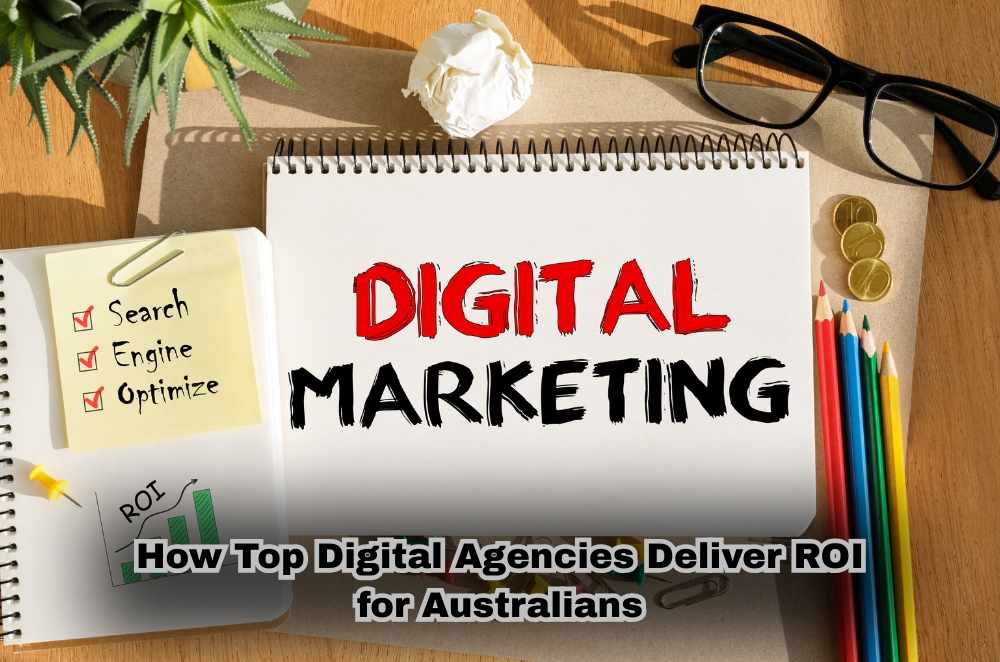In my own journey growing an online store, I’ve seen first-hand how impactful user-generated content (UGC) can be—especially when paired with fast SEO for ecommerce growth strategies. At first, I didn’t pay much attention to reviews or customer photos beyond their influence on conversions. But over time, I realised UGC was doing something more powerful behind the scenes: boosting search engine visibility.
Let’s explore how UGC works for your SEO efforts and why it should be a key part of your digital marketing toolbox.
Understanding User-Generated Content and Its Role in SEO
User-generated content includes any material your customers create and share about your brand—think product reviews, social media posts, unboxing videos, testimonials, or even question-and-answer sections on your site. What makes UGC especially valuable for SEO is that it’s fresh, authentic, and keyword-rich.
Unlike polished marketing copy, UGC naturally reflects the language your customers use to search. That means Google can pick up more long-tail keywords, helping your products rank higher on relevant searches.
Why UGC Matters in eCommerce SEO
Here’s what I discovered after implementing UGC across product pages and social channels:
Improved search visibility: Each customer review is a mini content piece. The more reviews you have, the more unique content Google can index.
Increased engagement time: Visitors stay longer on pages that feature reviews or photo galleries, signalling search engines that your content is valuable.
Higher click-through rates: Star ratings and rich snippets in search results make your listings stand out and get more clicks.
More internal linking opportunities: Customer questions and answers often give rise to natural links within your site, enhancing crawlability.
How to Encourage and Leverage User-Generated Content
Getting quality UGC requires more than just hoping customers will leave a review. Here’s what’s worked for me and others:
Ask at the right time
Send a friendly email request for a review a few days after product delivery. Timing matters—ask too soon and they haven’t tried the product, too late and the moment’s passed.Incentivise sharing
Offer a small reward or entry into a giveaway for submitting a review or tagging your brand on social media.Showcase UGC prominently
Add a “Customer Photos” section to product pages, or highlight testimonials on your homepage.Make it easy
Simplify the process with one-click review forms, mobile-friendly upload features, and minimal required fields.
Where UGC Fits Into Broader eCommerce Strategies
Integrating UGC isn’t a standalone tactic—it’s part of a more extensive system. When blended with content marketing, technical SEO, and paid campaigns, UGC fills a significant gap: social proof.
Let’s say you’re optimising a product page. You’ve got high-quality images, strong descriptions, and fast load times. But what clinches the sale—and helps search engines distinguish your page from a dozen others—is the human element. That's where UGC gives you an edge and becomes one of the most effective ecommerce strategies for building trust and boosting visibility.
It also supports long-term content development. User reviews and FAQs can inform blog topics, email campaigns, and even future product improvements.
Common Pitfalls to Avoid with UGC
While UGC is powerful, it does come with challenges:
Moderation is key
Letting any comment go live can lead to spam or misleading information. Use filters and manual checks to maintain quality.Respect privacy
Always get permission before reposting customer content. A simple DM asking for consent goes a long way.Keep it relevant
Avoid cluttering your pages with off-topic reviews. Group or categorise them by product or theme.
Conclusion: Why UGC Is a Long-Term SEO Asset
In my experience, user-generated content isn’t just an add-on; it’s a foundational part of sustainable eCommerce growth. It enhances your site’s credibility, provides ongoing fresh content, and strengthens community engagement. For smaller brands especially, the impact is profound—leveraging UGC can make all the difference when resources are limited.
That’s why whether you’re just starting out or refining your strategy, you should seriously consider incorporating UGC into your SEO plan. In the long run, it works in tandem with more traditional tactics like content and technical optimisation—especially when you’re focusing on SEO for small businesses.
By making your customers part of the story, you're not just building a brand—you’re building trust, visibility, and long-term growth.









Write a comment ...